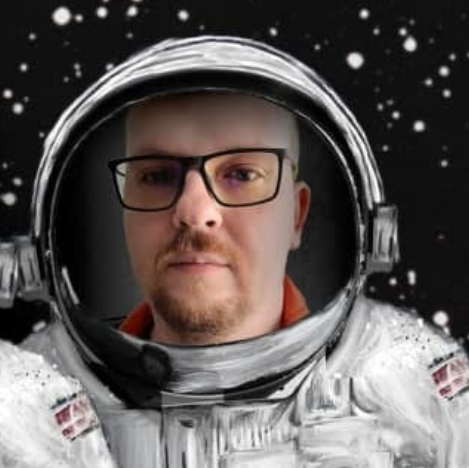Black holes are the strangest objects in the universe. Their behavior seems to lie beyond human perception, however, they fully comply with the laws of physics. That is why black holes excite the minds of astrophysicists, and force them to theorize and speculate about what falling into a black hole looks like. Finally, NASA researchers have taken another step forward by creating an animation that demonstrates what happens inside the event horizon.
Black holes are among the densest objects in the universe. They got their name because their gravity is so intense that light is unable to escape from their event horizon. To overcome the gravity of a black hole, the second cosmic velocity must exceed the speed of light, and this is impossible. At the boundary of the black hole is its accretion disk — a bright orange-yellow vortex of heated material that the black hole attracts to itself. Gradually, parts of the accretion disk fall into the black hole, causing visible flares that are noticeable during observations.
Animations of falling into black holes have been created before. For example, in the science fiction film Interstellar, Matthew McConaughey’s character deliberately plunged into the black abyss – the fictional supermassive black hole Gargantua, which is 4.3 million times the mass of the Sun. However, unlike the movie, in the new animation from NASA, scientists used more theoretical calculations to create a more accurate representation of the journey inside the average black hole.
“So I simulated two different scenarios, one where a camera – a stand-in for a daring astronaut – just misses the event horizon and slingshots back out, and one where it crosses the boundary, sealing its fate,” said Jeremy Schnittman, an astrophysicist at the Space Flight Center.
Although we can depict black holes – the Event Horizon telescope first saw their shadow in 2019, and in 2022 received the first image of a black hole in the center of our galaxy – they are very difficult to depict. Therefore, supercomputers are used to simulate them, so that they can also simulate the complex physical processes that occur when approaching such a gravitational monster. An ordinary laptop would take more than 10 years to reproduce such an animation. But NASA’s Goddard Discover supercomputer completed the task in just five days, using only 0.3% of its computing power.
The visualization begins with a camera at a distance of about 650 million km from the black hole. As the viewer gets closer to the object, all he sees is his field of vision distorted as space-time is bent by a black hole. According to Schnittman, as soon as he crosses the event horizon, the viewer stretches (getting spaghettified) and plunges into black nothingness in less than 13 seconds. Next, a journey takes place inside the black hole: from the point of getting spaghettified to the singularity, the viewer needs to travel only 128 thousand km, which passes almost instantly.
Earlier, we talked about what would happen in the event of a collision between the Sun and a miniature black hole.
According to sciencealert.com
Follow us on Twitter to get the most interesting space news in time
https://twitter.com/ust_magazine


